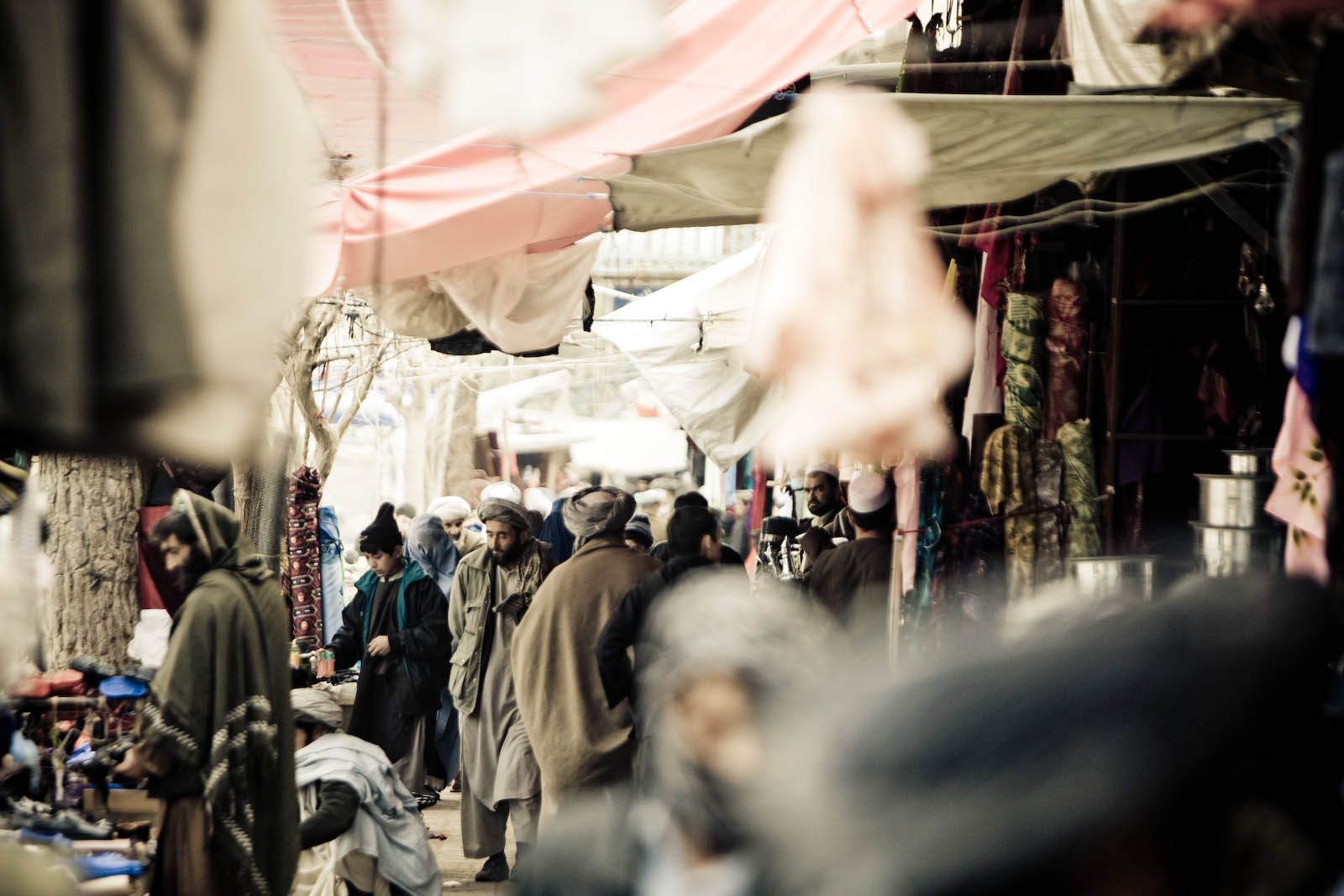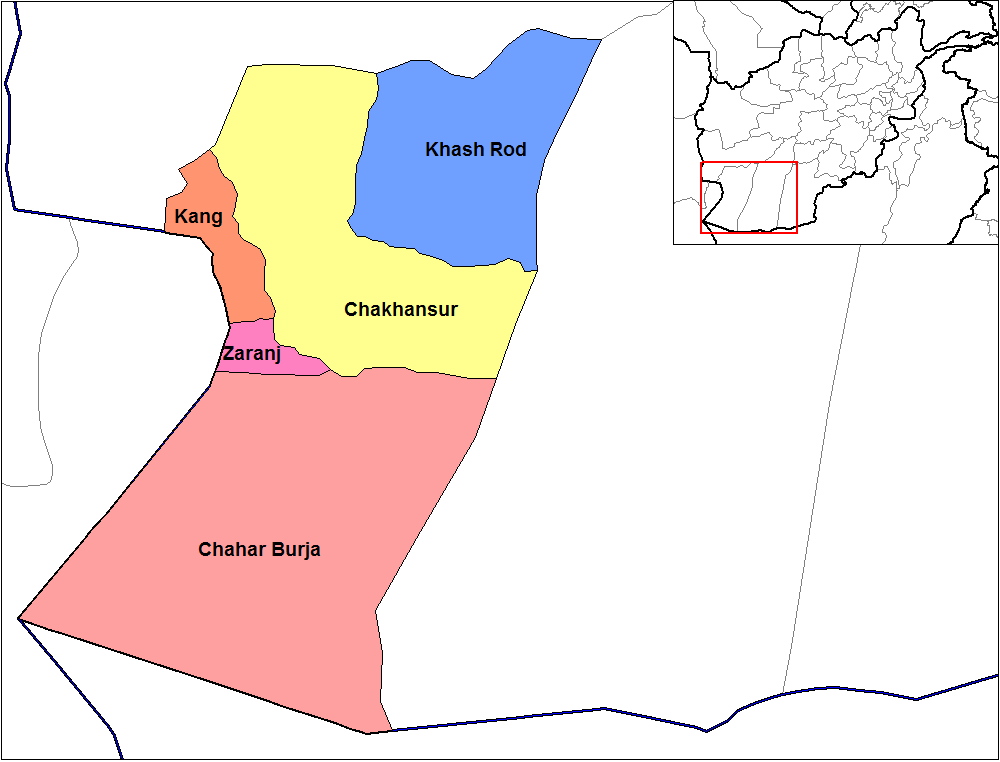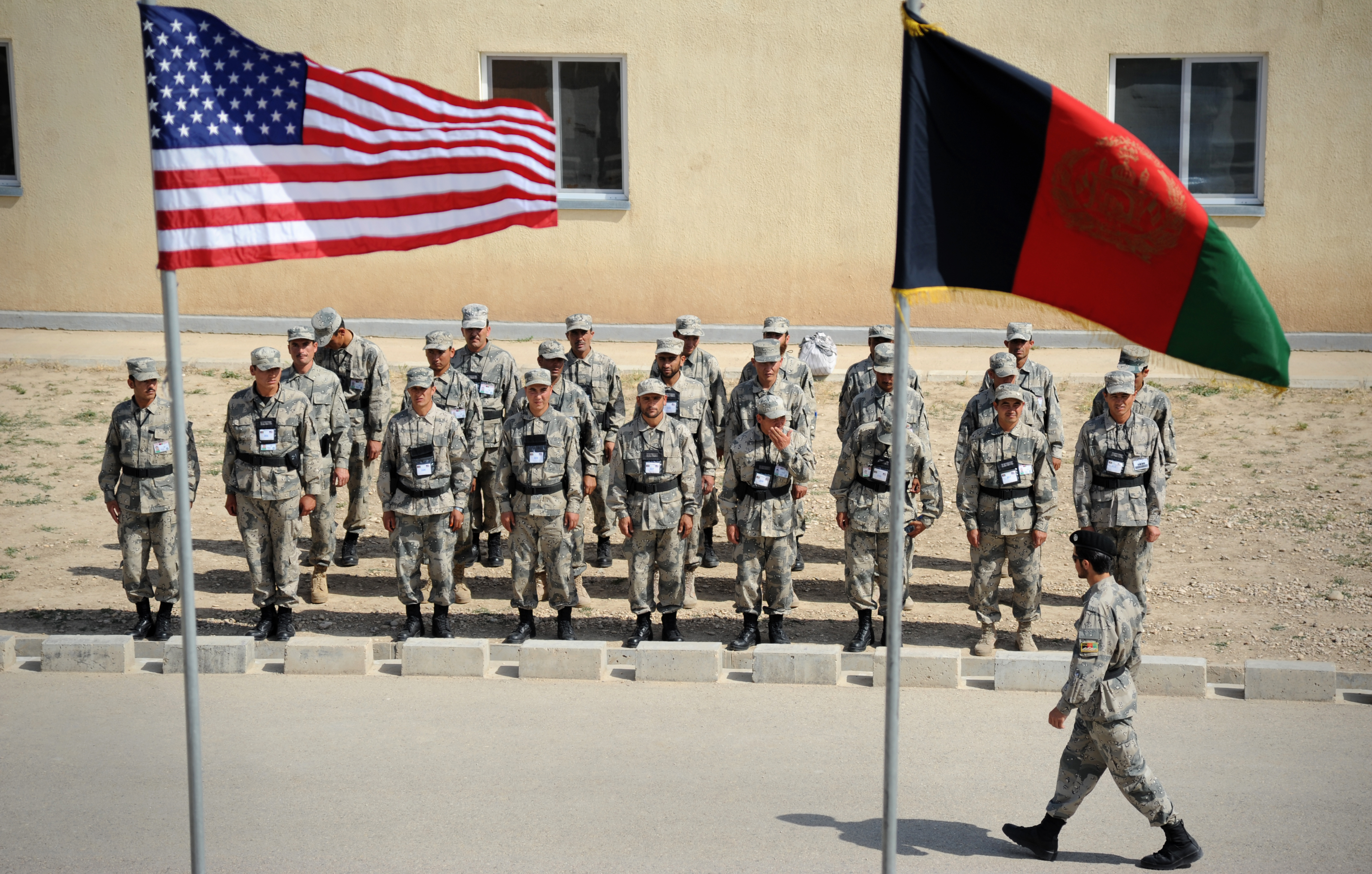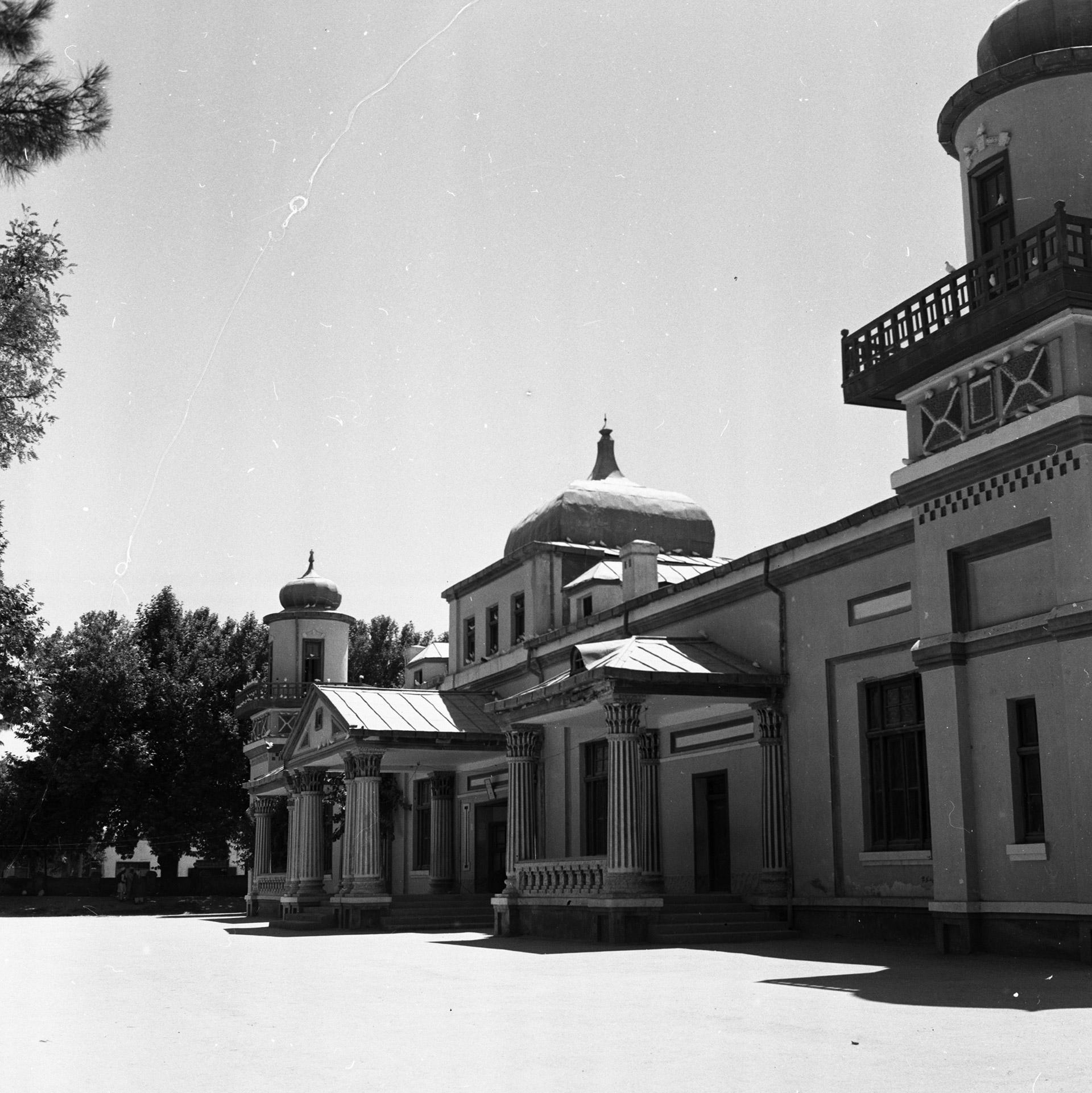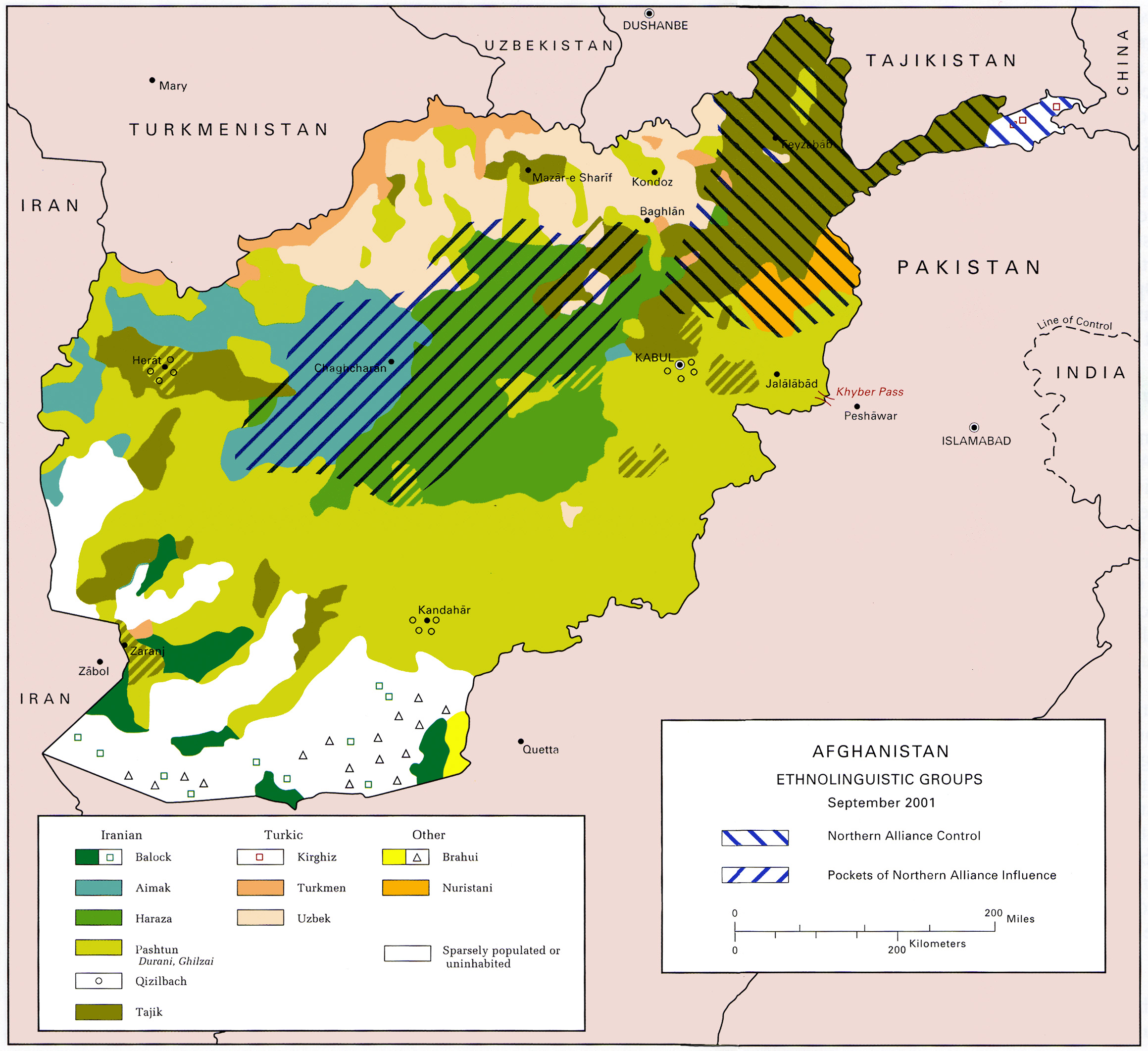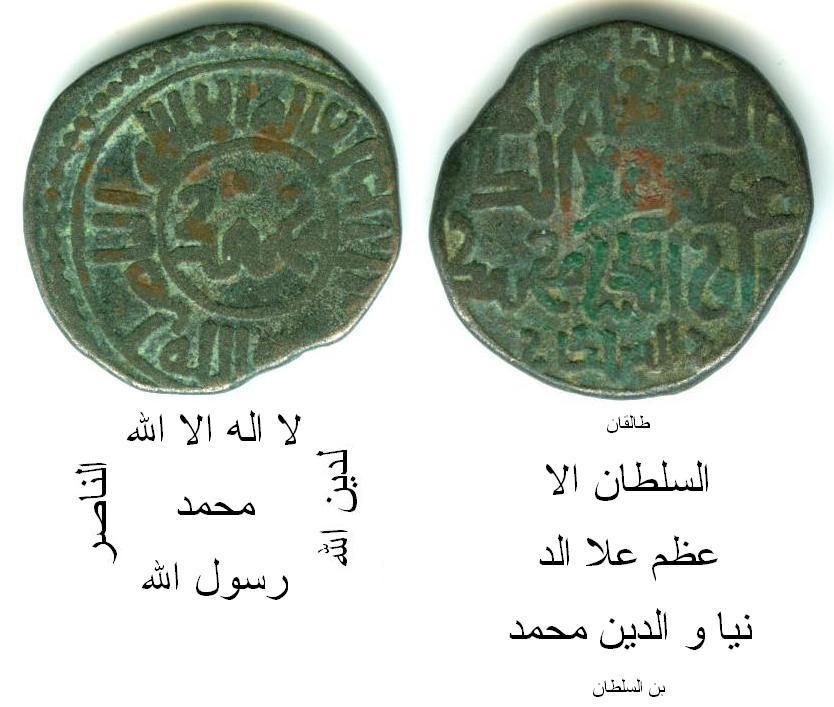|
Cities In Afghanistan
The only city in Afghanistan with over 1 million people is its capital, Kabul. The rest are smaller cities and towns. Afghanistan's population is estimated to be between 36–50 million. Of this, 26% were reported to be living in urban areas and the rest in rural areas or the countryside. List The chart below shows 18 cities of Afghanistan with a population over 70,000, by order of population. Population estimates are from 2015. Ancient names Ancient names of places or cities in Afghanistan: Gallery File:Kabul, Afghanistan view.jpg , Kabul is the only city in Afghanistan with over a million residents File:Aerial view of a section of Kandahar in 2013.jpg , Kandahar is the second largest city and the former capital of Afghanistan. The city is located in southern Afghanistan. File: View of Herat in 2009.jpg , Herat is the third largest city and is located in western Afghanistan File: Mi-17 helicopter flies over the northern Afghan city-101113-N-5006D-582.jpg , Mazar-i-Sha ... [...More Info...] [...Related Items...] OR: [Wikipedia] [Google] [Baidu] |
Afghanistan
Afghanistan, officially the Islamic Emirate of Afghanistan, is a landlocked country located at the crossroads of Central Asia and South Asia. It is bordered by Pakistan to the Durand Line, east and south, Iran to the Afghanistan–Iran border, west, Turkmenistan to the Afghanistan–Turkmenistan border, northwest, Uzbekistan to the Afghanistan–Uzbekistan border, north, Tajikistan to the Afghanistan–Tajikistan border, northeast, and China to the Afghanistan–China border, northeast and east. Occupying of land, the country is predominantly mountainous with plains Afghan Turkestan, in the north and Sistan Basin, the southwest, which are separated by the Hindu Kush mountain range. Kabul is the country's capital and largest city. Demographics of Afghanistan, Afghanistan's population is estimated to be between 36 and 50 million. Ancient history of Afghanistan, Human habitation in Afghanistan dates to the Middle Paleolithic era. Popularly referred to as the graveyard of empire ... [...More Info...] [...Related Items...] OR: [Wikipedia] [Google] [Baidu] |
Lashkargah
Lashkargāh (; ), historically called Bost or Boost (), is a city in southwestern Afghanistan and the capital of Helmand Province. It is located in Lashkargah District, where the Arghandab River merges into the Helmand River. The city has a population of 201,546 as of 2006. Lashkargah is linked by major roads with Kandahar to the east, Zaranj on the border with Iran to the west, and Farah and Herat to the north-west. It is mostly very arid and desolate. However, farming does exist around the Helmand and Arghandab rivers. Bost Airport is located on the east bank of the Helmand River, five miles north of the junction of the Helmand and Arghandab rivers. Because of the trading hubs, it is Afghanistan's second largest city in size, after Kabul and before Kandahar. After several weeks of fighting in the Battle of Lashkargah, the city was captured by the Taliban on 13 August 2021, becoming the fourteenth provincial capital to be seized by the Taliban as part of the wider 2021 Tal ... [...More Info...] [...Related Items...] OR: [Wikipedia] [Google] [Baidu] |
Faryab Province
Faryab (Dari,Pashto : فاریاب) is one of the thirty-four provinces of Afghanistan, which is located in the north of the country bordering neighboring Turkmenistan. It has a population of about 1,109,223, which is multi-ethnic and mostly a tribal society. The province encompasses 15 districts and over 1,000 villages. The capital of Faryab province is Maymana. It also borders Jowzjan Province, Sar-e Pol Province, Ghor Province and Badghis Province. History Faryab is a Persian toponym meaning "lands irrigated by diversion of river water". The name Faryab takes its name from a town founded in the area by the Sassanids. It is the home town of the famed Islamic philosopher, al-Farabi (per the biographer Ibn al-Nadim). The area is part of the trans-border region of Greater Khorasan; during the colonial era, British geographers referred to the area as Afghan Turkestan. The history of settlement in Faryab is ancient and comprises layer upon layer of occupation. At times, it ... [...More Info...] [...Related Items...] OR: [Wikipedia] [Google] [Baidu] |
Maymana
Maymana ( Persian/ Uzbek/Pashto: ) is the capital city of Faryab Province in northwestern Afghanistan, near the Afghanistan–Turkmenistan border. It is approximately northwest of the country's capital Kabul, and is located on the Maymana River, which is a tributary of the Murghab River. The population of Maymana was 149,040 in 2015, making it one of the largest cities of northwestern Afghanistan. On 18 March 2014, a suicide bomber detonated his explosives near the entrance to a busy market in Maymana, killing 15 people including women and children and injuring 27 others. The attack came ahead of the presidential elections on 5 April. On 14 August 2021, Maymana was seized by Taliban fighters, becoming the twenty-second provincial capital to be captured by the Taliban in the wider 2021 Taliban offensive. As of January 2022, however, clashes between Taliban and resistance fighters and protests have been reported in the city. Location Maymana is located at the northern foot of ... [...More Info...] [...Related Items...] OR: [Wikipedia] [Google] [Baidu] |
Nimroz Province
Nimruz or Nimroz ( Balochi: ; Dari, Pashto: ) is one of the 34 provinces of Afghanistan, located in the southwestern part of the country. It lies to the east of the Sistan and Baluchestan province of Iran and north of Balochistan, Pakistan, also bordering the Afghan provinces of Farah and Helmand. It has a population of about 186,963 people. The province is divided into five districts, encompassing about 649 villages. The city of Zaranj serves as the provincial capital and Zaranj Airport, which is located in that city, serves as a domestic airport for the province. The recently built Kamal Khan Dam is located in Chahar Burjak District. The name ''Nimruz'' means "mid-day" or "half-day" in Persian Language and Balochi. The name is believed to indicate that the meridian cutting the old world in half passes through this region. Nimruz covers 43,000 km2. It is the most sparsely populated province in the country, located in the Sistan Basin. A substantial part of the pr ... [...More Info...] [...Related Items...] OR: [Wikipedia] [Google] [Baidu] |
Zaranj
Zaranj ( Persian/Pashto/) is a city in southwestern Afghanistan, which has a population of 160,902 people as of 2015. It is the capital of Nimruz Province and is linked by highways with Lashkargah and Kandahar to the east, Farah to the north and the Iranian city of Zabol to the west. The Abresham border crossing is located to the west of Zaranj, on the Afghanistan–Iran border. It is one of three important trade-routes that connect Central Asia, East Asia and South Asia with the Middle East. Zaranj Airport is located some to the east of the city. The history of Zaranj dates back over 2,500 years and Ya'qub ibn al-Layth al-Saffar, founder of the Saffarid dynasty, was born in this old civilization. History Modern Zaranj bears the name of an ancient city whose name is also attested in Old Persian as ''Zranka''. In Greek, this word became Drangiana. Other historical names for Zaranj include Zirra, Zarangia, Zarani etc. Ultimately, the word Zaranj is derived from the an ... [...More Info...] [...Related Items...] OR: [Wikipedia] [Google] [Baidu] |
Jowzjan Province
Jowzjan, sometimes spelled Jawzjan or Jowzjan () is one of the thirty-four provinces of Afghanistan, located in the north of the country bordering neighboring Turkmenistan. The province is divided into 11 districts and contains hundreds of villages. It has a population of about 613,481 residents, which is a multi-ethnic society. Sheberghan is the capital of Jowzjan province. Etymology It is thought that the name is an Arabicized version of the Persian word gowzgān "(Land of) Walnuts". History The province is named after the early medieval region and principality of Juzjan. Between the early 16th century and mid-18th century, the area was ruled by the Khanate of Bukhara. It was conquered by Ahmad Shah Durrani and became part of the Durrani Empire in or about 1750, which formed to the modern state of Afghanistan. The area was untouched by the British during the three Anglo-Afghan wars that were fought in the 19th and 20th centuries. Recent history Following a series of chang ... [...More Info...] [...Related Items...] OR: [Wikipedia] [Google] [Baidu] |
Sheberghan
Sheberghān or Shaburghān or shāhpurgān ( Uzbek, Pashto, ), also spelled ''Shebirghan'' and ''Shibarghan'', is the capital city of the Jowzjan Province in northern Afghanistan. The city of Sheberghan has a population of 175,599. It has four districts and a total land area of 7,335 hectares. The total number of dwellings in Sheberghān is 19,511. In 2021, the Taliban gained control of the city during the 2021 Taliban offensive. Location Sheberghān is located along the Sari Pul River banks, about west of Mazar-i-Sharif on the national primary ring road that connects Kabul, Puli Khumri, Mazar-i-Sharif, Sheberghān, Maymana, Herat, Kandahar, Ghazni, and Maidan Shar. Sheberghān airport is situated between Sheberghān and Aqcha. Etymology The city's name is a corruption of its classical Persian name, Shaporgân, meaning "ingShapur's town". Shapur was the name of two Sasanian kings, both of whom built a great number of cities. However, Shapur I was the governor o ... [...More Info...] [...Related Items...] OR: [Wikipedia] [Google] [Baidu] |
Baghlan Province
Baghlan ( Dari and ) is one of the 34 provinces of Afghanistan and located in northeastern Afghanistan. As of 2020, the province has a population of about 1,014,634. Its capital is Puli Khumri, but its name comes from the other major town in the province, Baghlan. The ruins of a Zoroastrian fire temple, the Surkh Kotal, are located in Baghlan. The lead nation of the local Provincial Reconstruction Team (PRT) was Hungary, which operated from 2006 to 2015. History Early history The name Baghlan is derived from ''Bagolango'' or "image-temple", inscribed on the temple of Surkh Kotal during the reign of the Kushan emperor Kanishka in the early 2nd century CE. The Chinese Buddhist monk Xuanzang traveled through Baghlan in the mid-7th century CE, and referred to it as the "kingdom of ''Fo-kia-lang''". In the 13th century CE, a permanent garrison of Mongol troops was quartered in the Kunduz-Baghlan area, and in 1253 fell under the jurisdiction of Sali Noyan Tatar, appointed b ... [...More Info...] [...Related Items...] OR: [Wikipedia] [Google] [Baidu] |
Puli Khumri
Puli Khumrī (), also spelled Pul-i-Khumri or Pol-e Khomri, is a city in northern Afghanistan. Puli Khumri is the capital and largest city of Baghlan Province, whose name comes from the other major town in the province, Baghlan. Puli Khumri has an estimated population of about 221,274 as of 2015, making it about the 9th-largest city of Afghanistan, and the second-largest city in northeastern Afghanistan after Kunduz. It is a major industrial city. History During the 1980s, Puli Khumri was officially granted the status of the capital of Baghlan province in place of the central city of Baghlan. This transition occurred under the influence of Sayed Mansur Naderi, son of Sayed Kayan, who held significant military and political power at the time. The relocation aimed to enhance public access to administrative offices, leveraging Puli Khumri's strategic location along the Kabul-Mazar highway. The cabinet of Dr. Najibullah, led by Sultan Ali Keshtmand, initially proposed this move ... [...More Info...] [...Related Items...] OR: [Wikipedia] [Google] [Baidu] |
Takhar Province
Takhar (Dari/Pashto: ) is one of the thirty-four provinces of Afghanistan, located in the northeast of the country next to Tajikistan. It is surrounded by Badakhshan in the east, Panjshir in the south, and Baghlan and Kunduz in the west. The city of Taloqan serves as its capital. The province contains 17 districts, over 1,000 villages, and approximately 1,113,173 people, which is multi-ethnic and mostly a rural society. History Early history 7th to 16th centuries 16th to 20th centuries Between the early 16th century and the mid-18th century, the territory was ruled by the Khanate of Bukhara. It was given to Ahmad Shah Durrani by Murad Beg of Bukhara after a treaty of friendship was reached in or about 1750, and became part of the Durrani Empire. It was ruled by the Durranis followed by the Barakzai dynasty and was untouched by the British during the three Anglo-Afghan wars that were fought in the 19th and early 20th centuries. 1964–2001 It ... [...More Info...] [...Related Items...] OR: [Wikipedia] [Google] [Baidu] |
Taloqan
Taloqan (, also transcribed Taleqan or Taluqan) is the capital of Takhar Province, in northeastern Afghanistan. It is located in the Taluqan District. The population was estimated as 196,400 in 2006. In 2021, the Taliban gained control of the province during the 2021 Taliban offensive. History The old city to the west on the riverside was described by Marco Polo in 1275 CE as: :"a castle called Taikhan, where there is a great corn-market, and the country round is fine and fruitful. The hills that lie to the south of it are large and lofty. They all consist of white salt, extremely hard, with which the people for a distance of thirty days' journey round, come to provide themselves, for it is esteemed the purest that is found in the world. It is so hard, that it can be broken only with great iron hammers. The quantity is so great that all the countries of the earth might be supplied from thence." Taloqan had earlier come under Mongol control during the campaigns of Geng ... [...More Info...] [...Related Items...] OR: [Wikipedia] [Google] [Baidu] |


